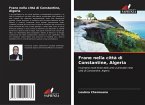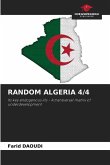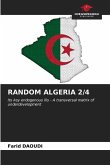The Algerian North presents an eventful geological and paleogeographical history, the city of Constantine is among the Algerian cities characterized by the frequency of unstable zones that dangerously affect many districts with high population density. This phenomenon is manifested in detrital formations of the Mio-Pliocene and seriously threatens some neighborhoods with precarious stability. The main objective of our work is to contribute to the knowledge of these ground movements on the geological level. The analysis of the causes of this phenomenon highlights a certain number of parameters that influence the stability of the land at different map scales. All these movements are becoming more and more important with the abundance of precipitation. However, tectonics and lithology constitute two predisposing factors and play a significant role in their evolution. These factors constitute precursors of instability that decision makers would have taken into consideration for any new urbanization.
Bitte wählen Sie Ihr Anliegen aus.
Rechnungen
Retourenschein anfordern
Bestellstatus
Storno








